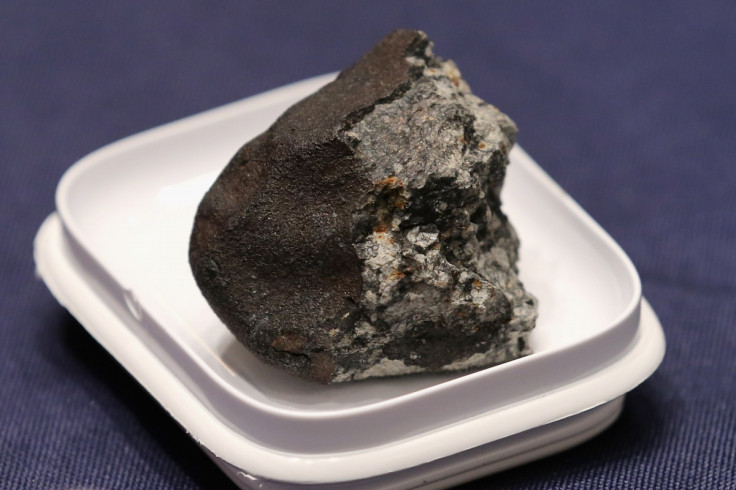Does a meteorite house alien protein? Read more to find out
Scientists discover a protein in a meteorite that landed 30 years ago on Earth.
A team of researchers has made a groundbreaking discovery of protein inside a meteorite. In a first-of-its-kind discovery, researchers at Plex Corporation Bruker Scientific LLC and Harvard University have found a protein that is named hemolithin.
This is the first time researchers have discovered a protein in realms beyond Earth. The group of researchers uncovered the protein that contains iron and lithium during their analysis of a meteorite that is known as Acfer 086, which hit the Earth three decades ago in Algeria, in 1990. Using mass spectrometry, an analysis technique that measures the mass-to-charge ratio of ions, the researchers were able to find yet another building block in space rock, in recent times.
It is described as a small protein that is made up of amino acids glycine and contains iron, oxygen and lithium atoms. It is said that such an arrangement has never been witnessed on the surface of Earth before. It is argued that the protein is of alien origin and may have developed over time.
This discovery is thought to be of significant importance because these components found in the protein play a significant role in building a life. Amino acids are vital organic compounds for life to grow and sustain. While all these compounds are essential for life, it is still not enough to indicate the existence of alien life. However, it is certainly a hint of how life may have started on our planet or other planets and hemolithin may have played a significant role.
Meanwhile, the atom arrangement at the end of the protein is said to be a type of iron oxide that is essential for splitting water into hydrogen and oxygen.
"It is a good candidate molecule to split water thereby allowing it to represent a first energy source to chemistry, going on to biochemistry on the surface of planets like Earth in terms of their mass and distance from their sun," Julie McGeoch, the corresponding author of the study told New Atlas. "This could apply to planets throughout the Universe," she added.

The study is yet to be reviewed or published in a journal. However, the findings were made available on arXiv.
© Copyright IBTimes 2025. All rights reserved.





















